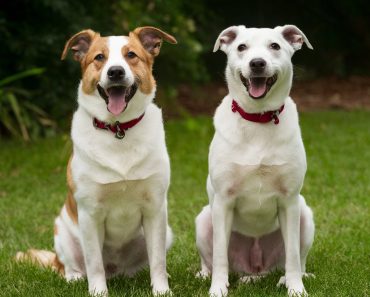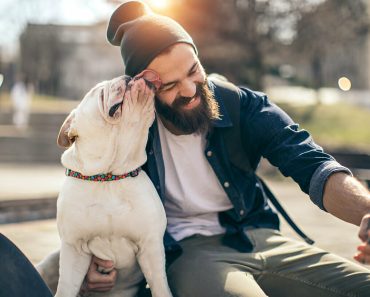As our furry friends age, they start facing many of the same health issues that we do, including joint pain. If you’re a senior dog owner, seeing your beloved pet struggle with joint discomfort can be heart-wrenching. But don’t worry, because we’re here to share the secret to joint pain relief for your senior dog. This guide will provide you with practical tips, insights, and solutions to ensure your canine companion enjoys their golden years to the fullest.
Understanding Joint Pain in Senior Dogs
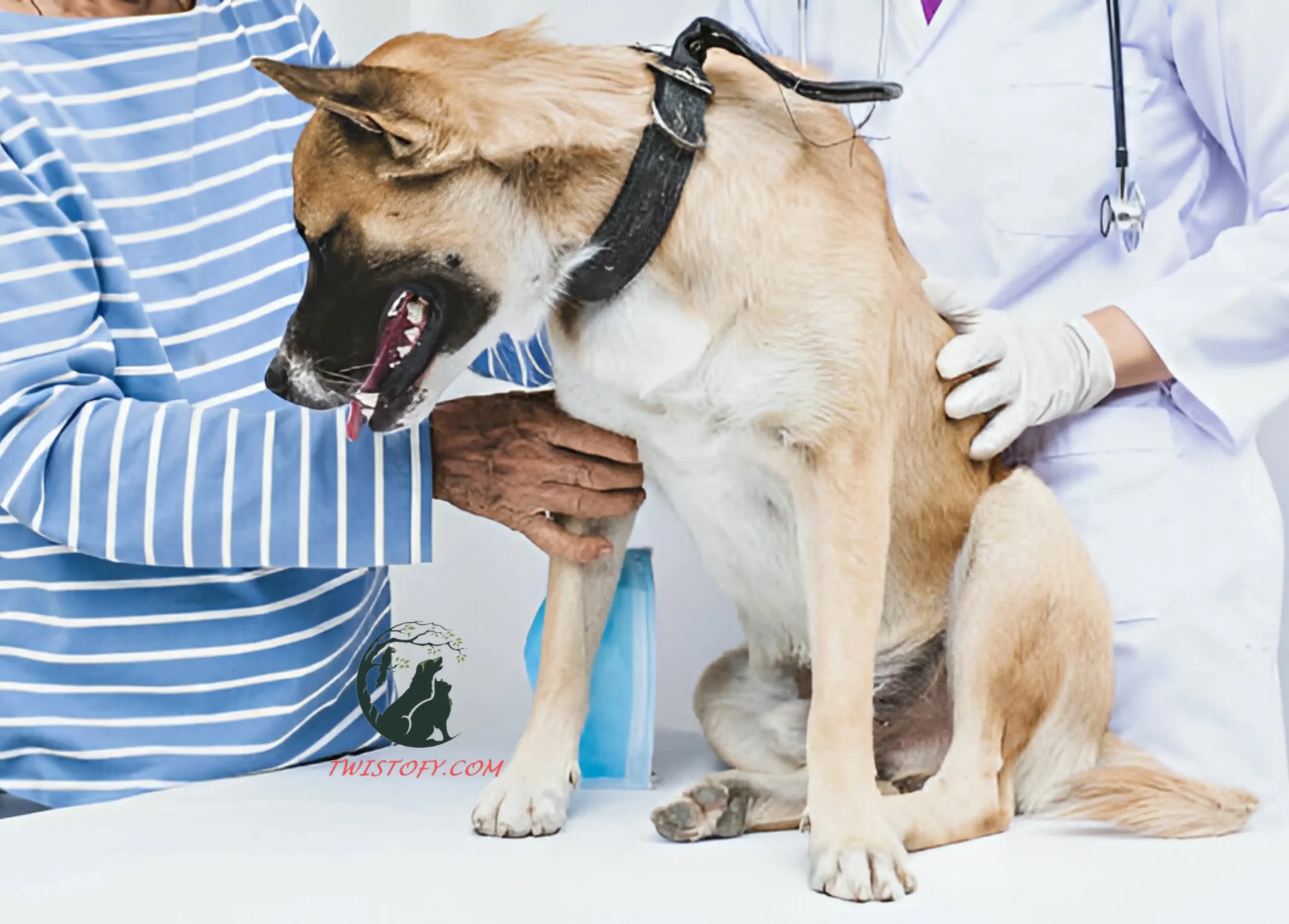
Senior Dog
Before we jump into solutions, let’s first understand what causes joint pain in senior dogs. Joint pain can stem from a variety of factors, including:
- Arthritis: One of the most common causes of joint pain in senior dogs.
- Hip Dysplasia: An inherited disorder impacting the alignment and function of the hip joints..
- Obesity: Excess weight puts additional stress on your dog’s joints.
- Injuries: Previous injuries can lead to chronic joint issues.
- Degenerative Joint Disease: A condition that worsens over time.
Recognizing the signs of joint pain early can make a huge difference in managing and alleviating discomfort for your dog.
Signs of Joint Pain in Senior Dogs
It’s important to be vigilant for the subtle signs that could indicate your dog is experiencing joint pain. Pay attention to the following:
- Limping or showing a preference for one leg over the others.
- Struggling to climb stairs or jump onto furniture.
- Exhibiting stiffness, particularly after resting.
- Being hesitant to go for walks or engage in play.
- Showing changes in behavior, such as increased irritability or withdrawal.
The Secret to Joint Pain Relief for Senior Dogs
- Proper Diet and Weight Management
Maintaining a healthy weight is crucial for senior dogs. Excess weight can exacerbate joint pain, so it’s important to feed your dog a balanced diet.
- Focus on High-Quality Proteins: Proteins help maintain muscle mass, which supports the joints.
- Include Omega-3 Fatty Acids: These can reduce inflammation and support joint health.
- Consider Joint Supplements: Glucosamine and chondroitin are popular supplements that promote joint health.
- Regular Exercise
Keeping your senior dog active is essential, but it’s important to strike a balance. Too much exercise can strain the joints, while too little can lead to stiffness.
- Opt for Low-Impact Exercises: Swimming is excellent as it’s gentle on the joints.
- Regular Walks: Short, frequent walks are better than long, strenuous ones.
- Physical Therapy: Consult with a veterinarian for exercises tailored to your dog’s needs.
- Joint-Friendly Home Environment
Creating a comfortable environment can significantly help in managing your dog’s joint pain.
- Orthopedic Beds: Provide extra support and relieve pressure on the joints.
- Non-Slip Surfaces: Use rugs or mats to prevent slips and falls on hard floors.
- Easy Access: Ramps or steps can help your dog access their favorite spots without jumping.
4. Veterinary Care and Medications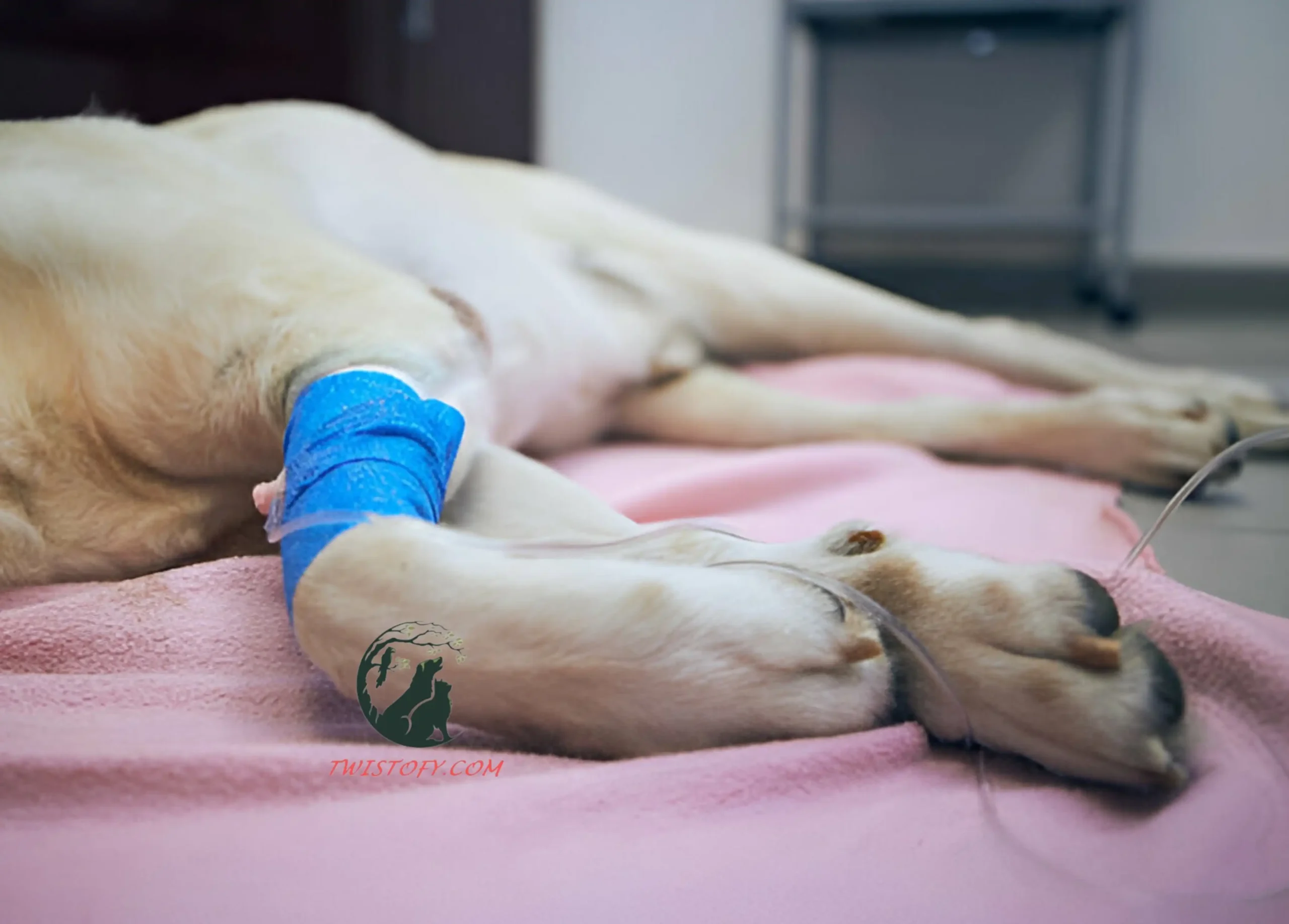
Regular visits to the vet are essential for managing your senior dog’s joint pain effectively.
- Anti-Inflammatory Medications: These help in alleviating pain and reducing inflammation.
- Pain Relievers: Your vet can prescribe these to handle acute pain episodes.
- Alternative Therapies: Treatments like acupuncture and laser therapy have proven effective in easing joint discomfort.
- Natural Remedies and Supplements
There are various natural remedies that can complement conventional treatments for joint pain relief.
- Turmeric: Known for its anti-inflammatory properties.
- CBD Oil: Many dog owners have reported improvements in their pets’ mobility and pain levels.
- Green-Lipped Mussel: Rich in omega-3 fatty acids and other nutrients beneficial for joint health.
- Massage and Physical Therapy
Just like in humans, massage can provide significant relief for dogs with joint pain.
- Professional Canine Massage: Look for a certified canine massage therapist.
- At-Home Massage: Gentle, regular massages can help reduce muscle tension and improve circulation.
- Hydrotherapy
Hydrotherapy is a fantastic way to provide low-impact exercise for your senior dog.
- Swimming Pools: Many rehabilitation centers offer swimming sessions for dogs.
- Underwater Treadmills: These allow your dog to walk without putting too much strain on their joints.
- Innovative Joint Pain Relief Options
With advancements in veterinary medicine, there are now more innovative treatments available to help manage joint pain in senior dogs.
- Stem Cell Therapy: This cutting-edge treatment involves using stem cells to repair damaged tissues and reduce inflammation.
- Platelet-Rich Plasma (PRP) Therapy: PRP therapy uses the dog’s own blood to promote healing in the joints.
- Cold Laser Therapy: This non-invasive treatment uses light to reduce pain and inflammation in the joints.
9. Importance of Regular Veterinary Visits
Regular check-ups are crucial for your senior dog’s health, offering several key benefits:
- Early Detection: Catching potential issues before they escalate.
- Monitoring Progress: Assessing the effectiveness of current treatments.
- Adjusting Treatment Plans: Modifying medications or therapies as needed.
- Tailoring Treatments to Individual Needs
Each dog is unique, and what works for one might not work for another. Tailoring treatments to your dog’s specific needs is essential.
- Custom Diet Plans: Work with your vet to develop a diet that addresses your dog’s specific health concerns.
- Personalized Exercise Regimens: Create an exercise plan that considers your dog’s current mobility and pain levels.
- Specialized Therapies: Consider therapies that cater specifically to your dog’s condition, such as acupuncture or hydrotherapy.
- The Role of Genetics in Joint Health
Genetics play a significant role in your dog’s joint health. Certain breeds are more prone to joint issues, including:
- Labrador Retrievers: Commonly affected by hip dysplasia.
- German Shepherds: Often face issues with hip and elbow dysplasia.
- Dachshunds: Prone to intervertebral disc disease.
- Great Danes: Susceptible to arthritis due to their size.
Understanding your dog’s genetic predisposition can help in taking preventive measures early on.
- Mental Stimulation and Its Impact on Joint Pain
Mental stimulation can distract from pain and improve overall well-being.
- Puzzle Toys: Engage your dog’s mind while keeping them entertained.
- Training Sessions: Even older dogs enjoy learning new tricks.
- Interactive Play: Games that challenge your dog mentally and physically.
- Socialization and Joint Health
Socialization can positively impact your dog’s joint health. Interaction with other dogs can encourage gentle play and exercise, which is beneficial for joint mobility.
- Dog Parks: Safe spaces where your dog can socialize and exercise.
- Play Dates: Arrange regular meet-ups with other dogs.
- Group Walks: Join a group of dog owners for community walks.
- Understanding Your Dog’s Limits
While it’s important to keep your dog active, it’s equally important to recognize their limits. Overexertion can lead to more joint pain.
- Watch for Signs of Fatigue: If your dog seems tired, it’s time to rest.
- Adjust Activity Levels: Gradually increase or decrease exercise based on your dog’s condition.
- Listen to Your Vet: Follow your vet’s recommendations on activity levels.
- Complementary Therapies
In addition to traditional treatments, there are several complementary therapies that can help manage joint pain in senior dogs.
- Chiropractic Care: Helps align the spine and improve overall mobility.
- Herbal Remedies: Certain herbs like turmeric and ginger can have anti-inflammatory effects.
- Aromatherapy: Essential oils like lavender can help relax and soothe your dog.
- Creating a Joint-Friendly Home
Your home environment plays a significant role in managing your dog’s joint pain.
- Elevated Feeding Stations: Reduce the strain on your dog’s neck and joints during meal times.
- Climate Control: Keep your home at a comfortable temperature, as cold can exacerbate joint pain.
- Accessible Water Bowls: Ensure your dog can easily reach their water to stay hydrated.
- The Power of a Support Network
Having a support network can make a huge difference in managing your senior dog’s joint pain.
- Family Involvement: Everyone in the household should be aware of your dog’s needs.
- Pet Sitters: Ensure they understand your dog’s limitations and care requirements.
- Support Groups: Join online communities or local groups for advice and support from other senior dog owners.
- Documenting Your Dog’s Progress
Keeping track of your dog’s progress can help you and your vet make informed decisions about their care.
- Journals: Note down any changes in mobility, behavior, and pain levels.
- Photos and Videos: Visual documentation can help track physical changes over time.
- Vet Reports: Keep all veterinary reports and treatment plans organized.
- Adapting to Seasonal Changes
Different seasons can affect your senior dog’s joint pain. Adjusting their care accordingly can provide significant relief.
- Winter Care: Keep your dog warm with jackets and blankets, and limit exposure to cold.
- Summer Care: Ensure your dog stays cool and hydrated, and avoid strenuous activities during peak heat.
- Looking Ahead: Planning for the Future
As your dog continues to age, their needs will change. Planning for the future ensures that you can provide the best care possible.
- Financial Planning: Budget for ongoing treatments and veterinary care.
- Advanced Care Plans: Consider options like in-home care or senior pet facilities.
- Quality of Life Assessments: Regularly evaluate your dog’s quality of life to make informed decisions about their care.
Emotional Support and Patience
Dealing with a senior dog’s joint pain requires patience and emotional support. Spend quality time with them, offer plenty of love and affection, and be patient as they adjust to new routines and treatments.
Tips for Providing Emotional Support:
- Consistent Routine: Dogs thrive on routine, and consistency can help them feel secure.
- Gentle Grooming: Regular grooming can be soothing and help you check for any physical changes.
- Positive Reinforcement: Reward your dog for effort, even if their mobility is limited.
Real-Life Success Stories
Hearing about other senior dog owners’ experiences can be incredibly motivating. Here are a couple of success stories that highlight the effectiveness of the strategies mentioned above:
Bella’s Journey
Bella, a 10-year-old Golden Retriever, started showing signs of joint pain around her eighth birthday. Her owner, Susan, noticed Bella was hesitant to go for walks and had difficulty climbing stairs. After consulting with their vet, Susan implemented a joint-friendly diet, added glucosamine supplements, and started hydrotherapy sessions.
Within a few months, Bella’s mobility improved significantly. She was more active, and her pain levels had decreased. Susan’s commitment to Bella’s health made all the difference.
Max’s Transformation
Max, a senior Beagle, struggled with obesity and joint pain. His owner, Tom, decided to take action after seeing Max’s quality of life decline. They worked with their vet to create a weight management plan, including a balanced diet and regular low-impact exercise.
Tom also made changes to their home environment by adding ramps and an orthopedic bed. With these adjustments, Max lost weight and became more energetic and playful. His joint pain was much more manageable, thanks to the holistic approach Tom adopted.
Final Thoughts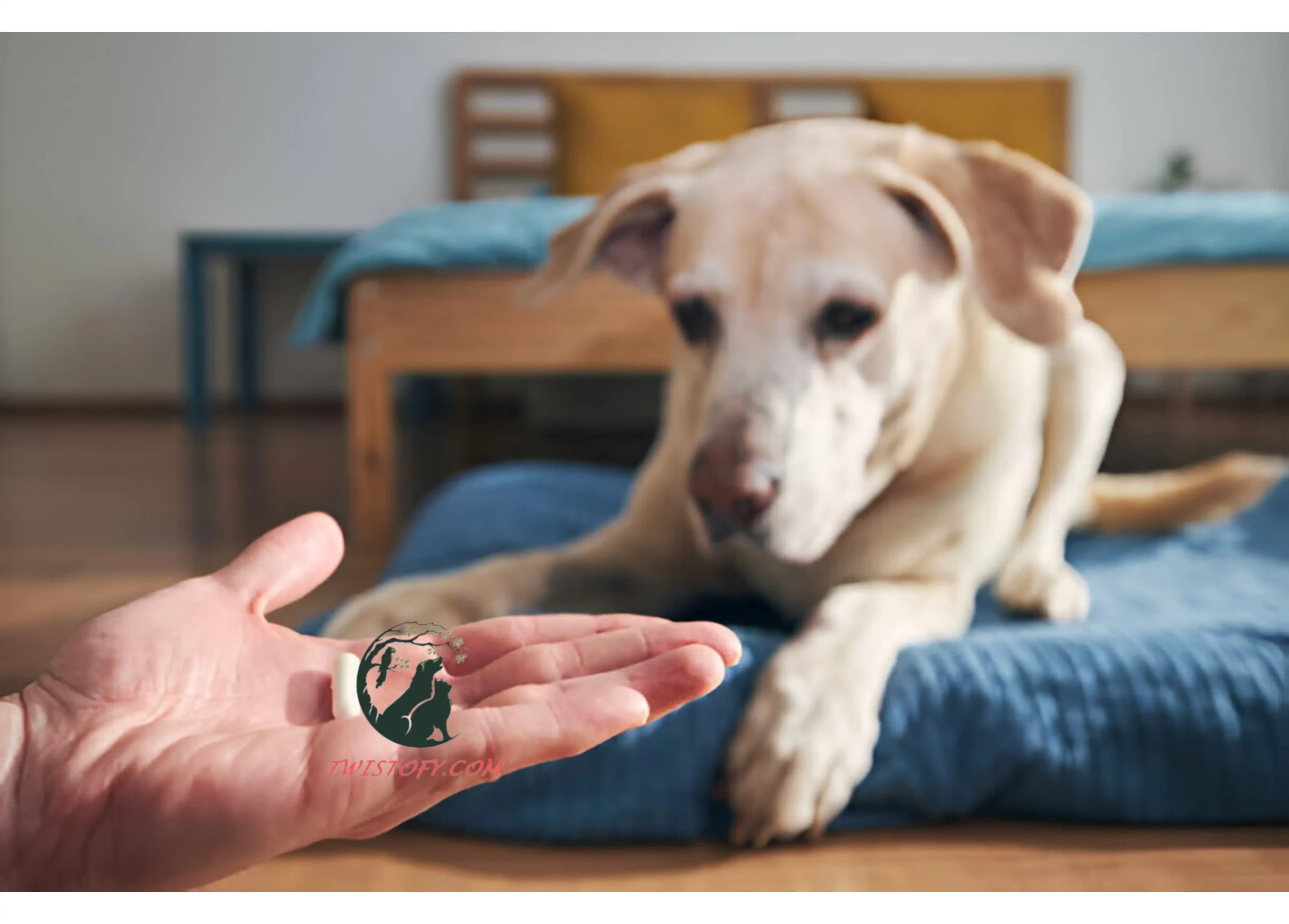
Caring for a senior dog with joint pain can be challenging, but with the right strategies, you can provide your furry friend with a comfortable and happy life. Remember, the secret to joint pain relief for senior dogs lies in a combination of proper diet, regular exercise, a supportive home environment, veterinary care, and lots of love and patience.
Your senior dog has given you years of companionship and joy, and now it’s your turn to ensure their golden years are as pain-free and enjoyable as possible. By following the tips and solutions outlined in this article, you’ll be well on your way to helping your beloved pet find relief from joint pain and continue to thrive.
Conclusion
Discovering the secret to joint pain relief for senior dogs involves a multifaceted approach that addresses diet, exercise, veterinary care, and emotional support. By understanding the specific needs of your senior dog and implementing these strategies, you can significantly improve their quality of life. Remember, the journey may require patience and adjustments along the way, but the love and companionship of your furry friend make it all worthwhile.
Your senior dog has been there for you through thick and thin. Now, it’s your turn to ensure their golden years are filled with comfort, joy, and pain-free moments. With dedication and the right care, you can help your beloved pet continue to thrive and enjoy life to the fullest.




